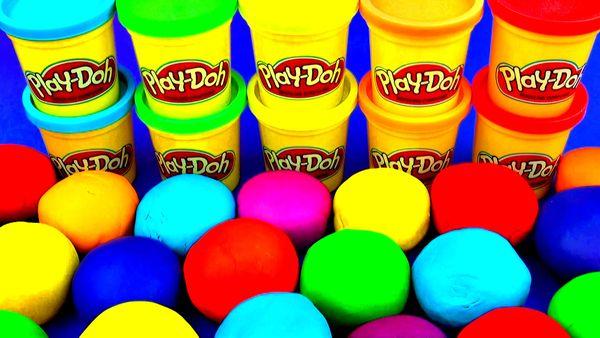My daughter who is six is a big fan of Play-Doh, that salty coloured putty that you buy in plastic tubs. It’s great for making all sorts of fun creations from Play-Doh cup cakes in a cake shop to Play-Doh worms to Play-Doh vegetables or even Play-Doh voodoo dolls of Mammy and Daddy:-/ But whatever you do don’t be tempted to put Play-Doh in your mouth, even though it smells really yummy. The salt content will burn your tongue off and make you vomit instantly. It actually contains Boric Acid! Funny that because I always wondered why they made it smell so nice? Surely the first thing millions of kids everywhere will try to do is eat it before they realize?
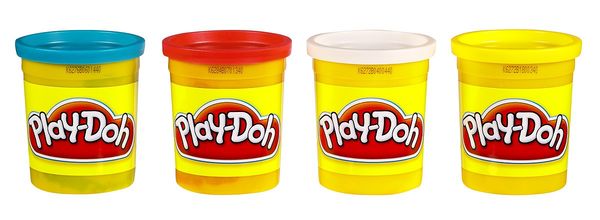 Play-Doh - whatever you do don't put it in your mouth
Play-Doh - whatever you do don't put it in your mouth
Anyway so what the hell is Anton writing about now you are probably wondering?
I wanted to share an interesting modern day phenomenon where digitalization is really helping some old school toys that have pretty much been around for the last 70-80 years. Did you know that Play-Doh was invented from a wallpaper cleaning product developed in 1930’s America?
Play-Doh is a modeling compound used by young children for art and craft projects at home and in school. Composed of flour, water, salt, boric acid, and mineral oil, the product was first manufactured in Cincinnati, Ohio, [U.S.](http://en.wikipedia.org/wiki/UnitedStates), as a wallpaper cleaner in the 1930s.[1] When a classroom of children began using the wallpaper cleaner as a modeling compound, the product was reworked and marketed to Cincinnati schools in the mid-1950s” - Wikipedia
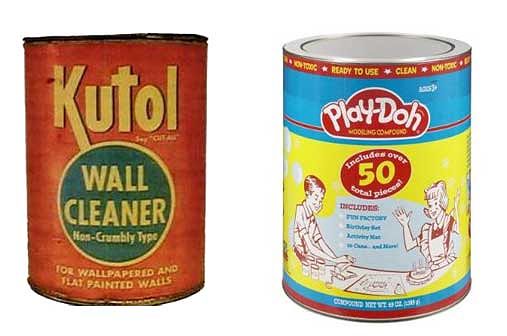 From wall cleaner to kids toy
From wall cleaner to kids toy
So apart from making voodoo dolls of her parents my daughter also like to surf Youtube for Play-Doh videos on my iPad. When I first saw these user created videos I was not sure whether to let her continue watching them. I guess I was expecting them to start innocently and then deviate radically and shockingly into some depraved Play-Doh fetish cult, or even worse the weirdos in the videos would start playing with inappropriate shapes and insertions of one kind or another. That may be OK for a very niche group of adult viewers, but clearly not the kind of world you’d want your innocent six-year-old daughter getting sucked into;-)
However I was pleasantly surprised and relieved to see that all was normal and these videos were actually quite good fun, well made and rather educational. They also struck me as very social and actually for a child rather inspiring as they provided lots of tips and cool things to do that would spark the imagination and draw kids back to the physical Play-Doh experience time and time again.
There is one video in particular that my daughter loves (see link below) The host of the video spends 9 mins opening up Play-Doh surprise eggs to reveal the toys inside. Very weird, very weird indeed, but my daughter watches it over and over and then or course tries it herself with her own Play-Doh and our stuff. Where are the car keys dear, where's my watch, have you seen the plie of loose change I left on the table?
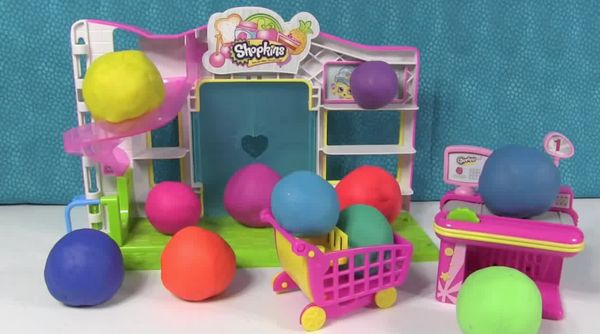 Play-Doh surprise eggs - very weird, very weird indeed!
Play-Doh surprise eggs - very weird, very weird indeed!
https://www.youtube.com/watch?v=66tRMhKf-5E
Of course Play-Doh now has its own face book page with nearly 1.5 millions followers and a growing Instagram account. Impressive I think, and it just goes to show how digital social media has really given this old brand a new lease of life, now delivering multiple touchpoints where users can engage outside of the limited physical playing moment.
After all the core of the Play-Doh value proposition is to enable "creativity" and whenever people invest the time and energy to create something personal, the very next thing they will want to do is share it with others. Socal media and the use of video seems a match made in heaven for this kind of company.
There was prabably a time about 10 years ago when the managment at Play-Doh HQ were thinking long and hard about the future of this toy in the face of stiff competition from digital gaming, but I think that digital has enabled this company to transform its offer on multiple levels and actually widen the core value proposition from enabling "creativity" to enabling "shared creativity all over the world" Now that I think is pretty damn exciting!
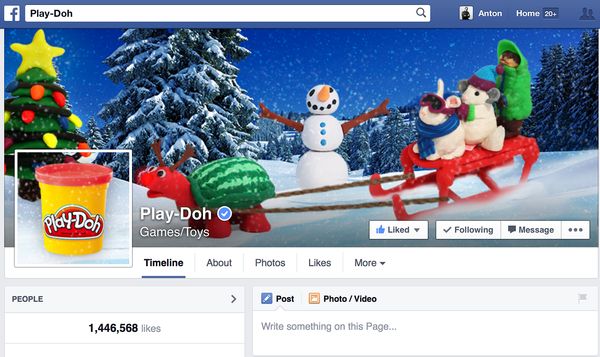 Play-Doh Facebook
Play-Doh Facebook
https://www.facebook.com/playdoh?fref=nf
 Play-Doh instagram
Play-Doh instagram
https://instagram.com/playdoh/
Many other companies are on the same path toward integrating digital into their play experiences. Take the hottest toy of 2013 the Furby. I have the deepest sympathy for any family out there who has bought their children one. We actually bought two Furby's, one for both kids (bad mistake) they are very social and you cannot turn the damn things off!! They chatter, chirp, fart and wobble constantly and you literaly have to rip the circuit boards out to shut the things up. I hate them intensely.
However saying that they do manage to deliever a pretty convincing digital/physical play experience with an app you download to your smartphone which gets them dancing to your music and keeps them alive and well fed.
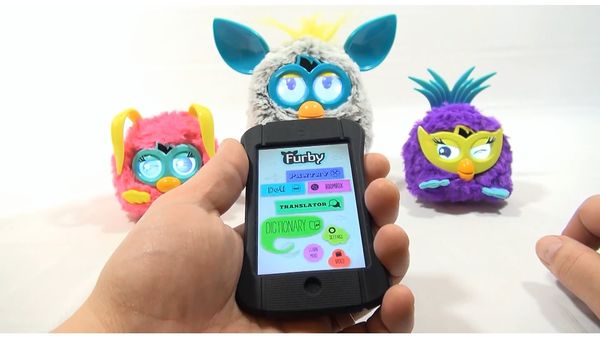 Furby's, the hottest (and most irritating) toys in town
Furby's, the hottest (and most irritating) toys in town
On a different note, Lego have had their Digital Designer web based tool in the market now for a few years but for me seems to fail in bridging the gap between the physical and digital experiences. Yes you can order the real set of bricks once you have digitally built something, but at the end of the day it's a pure digital tool which you can't help thinking cannibalises on the core Lego play experience.
 Lego's digital designer
Lego's digital designer
So I think that the link between digital and physical is a very important direction to explore for traditional physical play companies and the use of digital social media to spread the inspiration and create dynamic dialogue is critical to the relevance of the play experience in this digital revolution. The interesting thing is that alot of the digital dialogue you see is actually user generated, so it takes no investment at all from the actual company. However what it will require is engagement in the conversation from the company, a listening ear that responds to what the users say, and one that acts when needed. It's also nice if the company rewards its customers regularly for doing all this great marketing for them for free.
Just a funny note to end on which I had to include:
Recently Play-Doh were at the centre of a social media storm after releasing a 3 inch phallic shaped extruder tool in the Play-Doh Cake Mountain playset. What were they thinking?
Play-Doh have informed their customers that this particular extruder tool is currently being discontinued and a new one designed;-)
https://www.facebook.com/playdoh/posts/10152996440647915
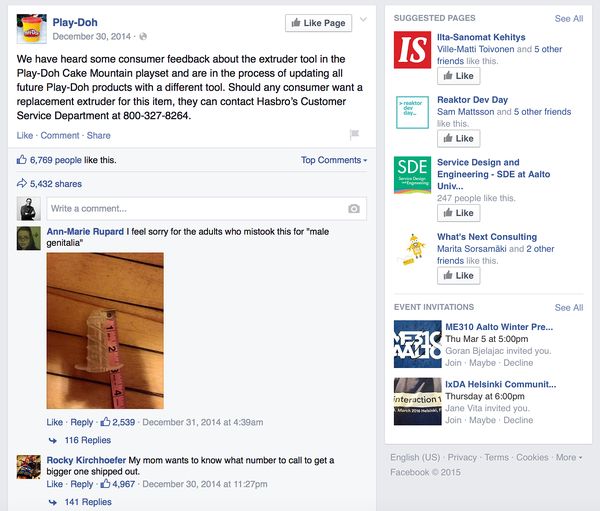
Until the next one see you later.
Ant.
- Anton SchubertPrincipal Consultant / Design Strategist
